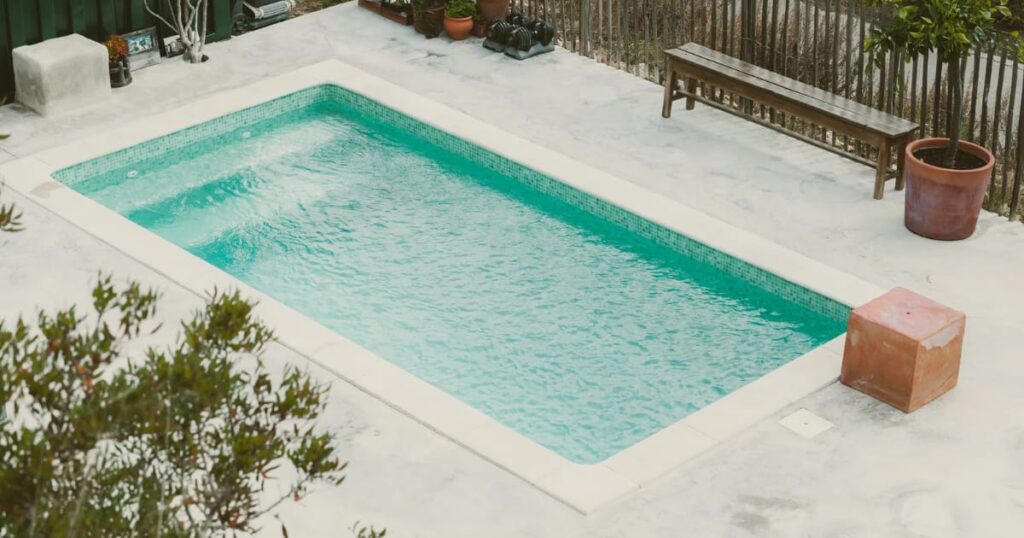Semi-inground pools are a popular choice for many homeowners due to their affordability and flexibility in design and installation. However, like any pool, they come with their own set of challenges. In this blog we will discuss some common problems associated with semi-inground pools.
Problems
Contents
Maintenance and accessibility challenges
Maintaining a semi ground pool is more challenging than maintaining a fully in-ground pool. Because they are partially above ground, reaching and cleaning all pool areas is difficult. Debris can accumulate in hard-to-reach spots, making regular cleaning more labor-intensive.
Additionally, the pool’s structure requires more frequent checks and maintenance to ensure the integrity of the above-ground sections. This ongoing need for vigilance add to the overall upkeep efforts, making pool ownership more demanding. Homeowners spends more time and resources on maintenance than they initially anticipated.
Higher water temperature
Semi-inground pools tend to have higher water temperatures, especially during the summer. The exposed sides of the pool absorb more heat from the sun, which makes the water warmer than desired. While some people enjoy the warmer water, it increases evaporation and a more frequent need to top up the pool.
Warmer water also creates a more hospitable environment for algae growth. This necessitates more diligent water treatment and chemical balancing to keep the pool clean and safe. Consequently, pool owners face higher costs and more effort in maintaining water quality.
Raises tax issues
Installing a semi-inground pool increases your property taxes. Since the pool is considered a permanent addition to your property, it may be assessed as an improvement. This leads to higher property values and, consequently, higher taxes.
Homeowners should know this potential cost when planning their budget for installing and maintaining a semi-inground pool. The increase in property taxes is significant, affecting the affordability of owning such a pool. Proper financial planning and consultation with tax professionals helped mitigate this issue.
Installation of extra measurements
The installation process for semi-inground pools often requires additional measures for stability and durability. This might include reinforcing the pool’s structure and ensuring proper drainage around the pool. Sometimes, installing retaining walls to support the above-ground sections is necessary.
These extra steps increase the overall installation cost and complexity, making the initial setup more involved than for a fully in-ground or above-ground pool. The need for specialized construction techniques and materials also prolongs the installation timeline. Homeowners should be prepared for these additional requirements when choosing a semi-inground pool.
Limited depth
One significant limitation of semi-inground pools is their depth. These pools generally can be deeper than fully in-ground pools. This limitation can affect the activities and games enjoyed in the pool, such as diving.
A semi-inground pool does not meet the needs of families looking for a pool with a deep end for swimming and diving. The restricted depth also limit the overall swimming experience for those who prefer deeper water. Potential buyers should consider how they plan to use the pool before deciding on a semi-inground model.
Conclusion:
Semi-inground pools offer a unique blend of benefits, but they also come with several challenges that potential owners should consider. From maintenance difficulties and higher water temperatures to possible tax increases and installation complexities, it’s essential to weigh these factors when deciding if a semi-inground pool is the right choice for your home.

